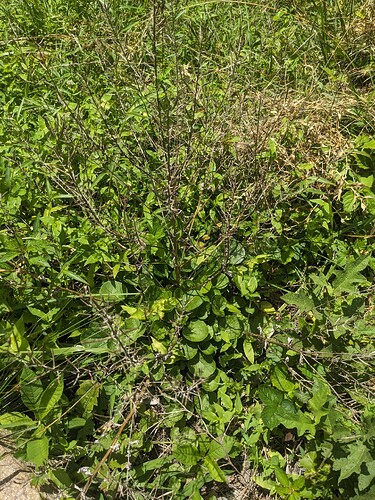I personally find zones in general relatively useless. Sure, they give individuals a macro view of a region - ie what one might expect and historical ‘norms’. BUT, microclimate is nuanced. Microclimate is distinct to a given place and a given plot of land. I can have a near hard frost in late May/Early June (like I did this year) and the central bed in my main garden will get fairly punished and just 10 feet down a path and around a corner down the slightest of grades but protected by a row of bricks the ‘Fort tomato’ will be entirely untouched. Zones also limit us to predicted highest highs and lowest lows. The USDA zonal map over here would say my farm is a 5b. I absolutely guarantee you that map is completely useless here. Plants, in my experience, don’t really care about highest highs or lowest lows. If I am working with seeds (which I pretty much do 80/20% - seedling versus cutting/graft/clonal material) what they ultimately carry most about (at least what I observe) is when there sap begins flowing how intense and how frequent are the frosts? Frosts are the plant killers. Was the snap to severe cold sudden? Or was it gradual? Was the break into spring sudden or was it zigging and zagging and how did frosts impact those inconsistent nuances. I also wouldn’t consider losing single plants of saltbush or rosemary anything other than an unfortunate event but one to prepare for any time you dip below 15 F. It can happen at any time. My martian valley (which gets *far * below -11C) kills plants I work with every year. It’s a constant learning and adjusting experience. I have learned over the course of many years to do my best to embody the ‘passionately unattached’ motto. It is a Zen practice daily. AND, if the frosts don’t kill the plants I grow…the grasshoppers may completely defoliate it; the gophers may completely uproot it; or fungal and bacterial colonies may have other ideas. I keep planting. I always have nursery back-ups. It is endless.
2 Likes
My area’s free growing Barbarea mustard has produced seeds without losing its foliage. Maybe a contender for the most settled form of perenniality.
I believe that I have some red napus kale of the 'keeps sending out shoots" type. This plant has been blooming for more than three months, and is now starting to put on new foliage that doesn’t seem bitter.
Lots of fun!
1 Like




